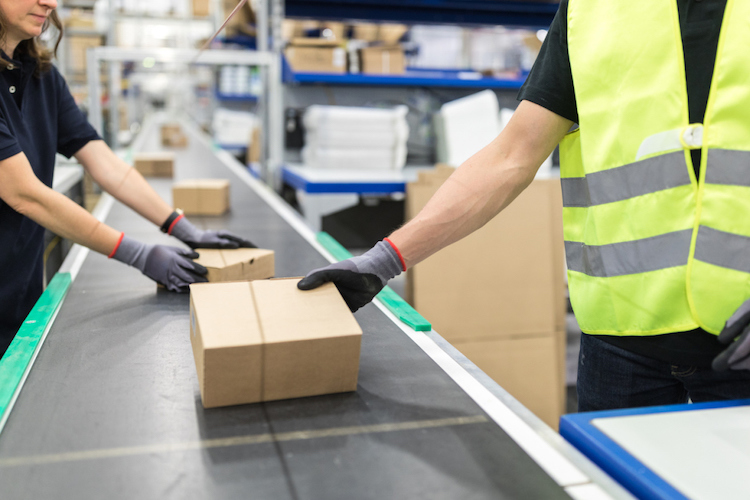How Automation has Transformed the Delivery Process
The world of logistics has, in recent years, been radically altered by automation.
More than ever before, the process of getting a package from one location to another has been put into the hands of machines, and the change is behind many of the recent improvements in packaging and distribution that even small businesses can enjoy.
But exactly how does automation impact the delivery process, and what changes might we continue to see in the future? Let’s take a look.
Warehouse Automation
There are some tasks to which machines are already far better suited than human beings. And many of these tasks are to be found in the modern warehouse.

An Automatic Storage and Retrieval Systems, (or ASRS) can identify a package, know its location, and retrieve the package in a fraction of the time that a human being would.
They can work without breaks, and collaborate over a wireless network to eliminate collisions and come together to lift large or complex packages.
The use of picking robots is easy when packages are of equal size. But increasingly, machines are becoming suited to handling delicate, oddly-shaped objects like groceries.
Picking up a banana and tossing it into a pallet requires a surprising amount of dexterity to do quickly and effectively, and hundreds of thousands of machine-learning hours have already been put into the process.
But these efforts are already bearing fruit (no pun intended).
Routing
The navigation process has been enormously supported by developments in artificial intelligence.
Until quite recently, a driver might have needed to be familiar with a given area before they’d be able to deliver in a commercially-acceptable timeframe. And even then, an obscure address could cause significant delay.
Nowadays, everyone is equipped with a personal, high-precision satellite navigation device, which effectively eliminates this learning curve.
The impact of this has been profound. This information not only allows the driver to get to the destination via the most direct route possible; it also provides the dispatcher with vital, up-to-the-minute information on where everyone in a fleet is at any given time.
This allows for superior planning, reduced bottlenecks, and more efficient deliveries in general.
Automated Drivers
One of the most attention-grabbing possibilities in this field is that of automated delivery drivers. These might come in the form of driverless vehicles – but there are significant obstacles still to overcome along the way to this.
Uber is one company that has banked heavily on the development of driverless cars. The elimination of human drivers will massively increase the company’s profitability, and, if the technology becomes widespread, drive prices down for the end-user.
If this comes to pass, then the implications for logistics will be considerable, given that just about every delivery made in the UK comes, at some point, via the road network.
A more plausible alternative for the near-future is the widespread roll-out of delivery drones.
Amazon has recently revealed its new delivery drone in flight, but, crucially, they’ve left the sound out of the video.
This is no accident: one of the largest complaints thus far has been the amount of noise generated.
Moreover, the company still lacks regulatory approval in most of the territories it’s looking to deliver into – and even once this approval is granted, it’s likely to be on a conditional, small-scale basis to begin with.
Promoted

